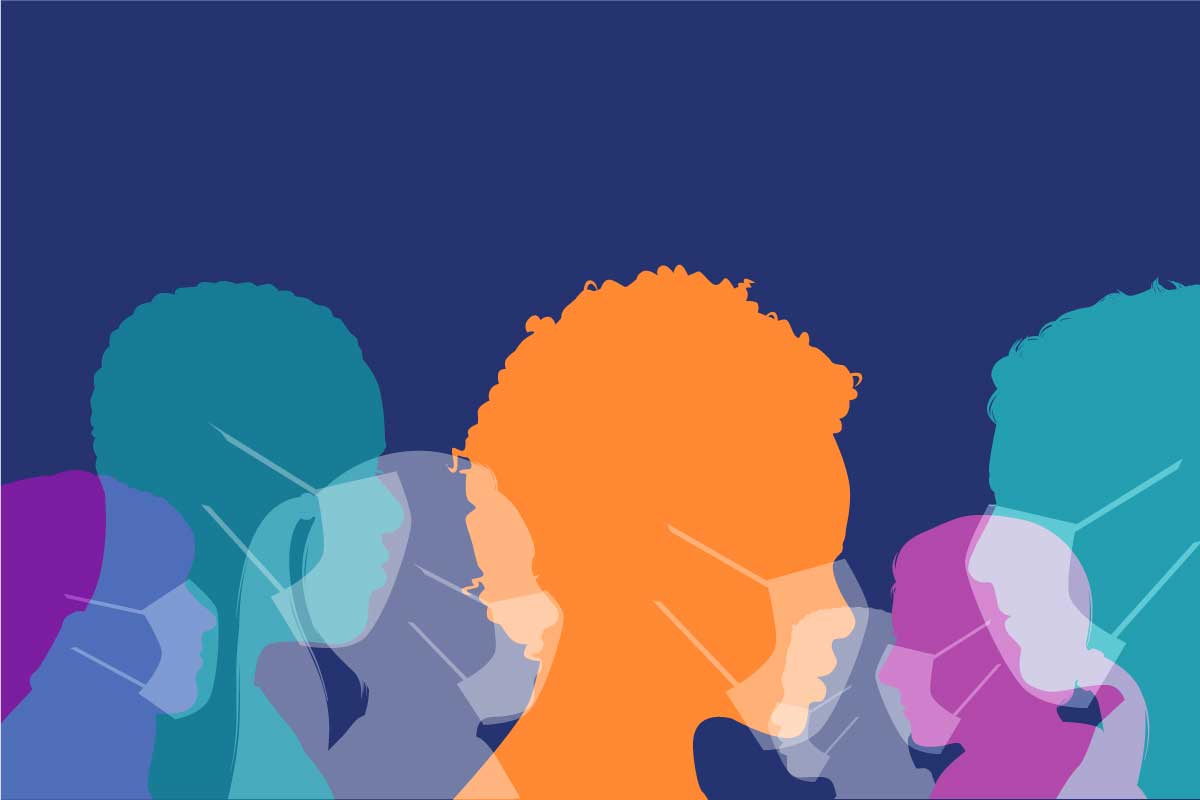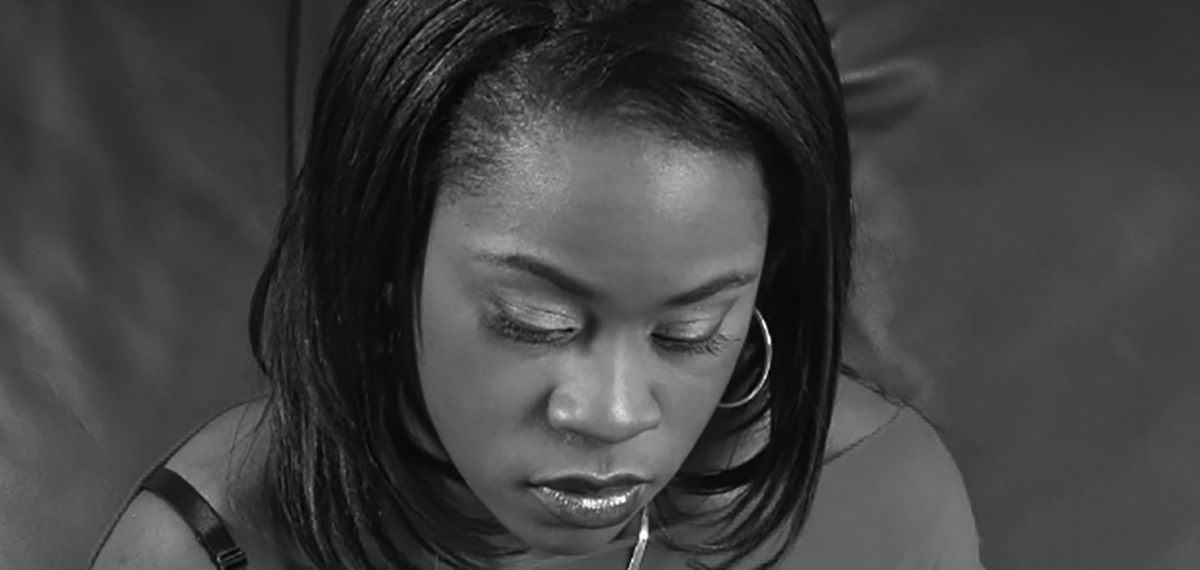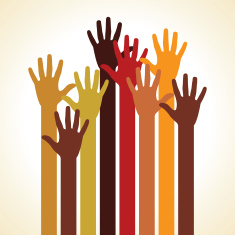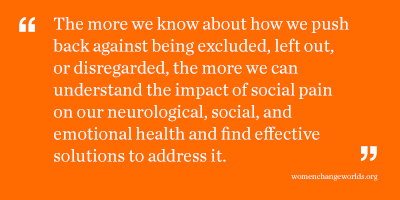 This article was originally posted by Karen Craddock, Ph.D., on April 17, 2020, on The Wellness Collaborative.
This article was originally posted by Karen Craddock, Ph.D., on April 17, 2020, on The Wellness Collaborative.
While we manage the day-to-day, sometimes moment-to-moment, shifts during this global pandemic, it is sure to have implications on how we navigate the array of feelings and interactions we encounter in every aspect of our inner and outer lives. This process involving managing emotions, setting goals, showing empathy, building relationship, and making constructive decisions, otherwise known as social and emotional learning (SEL), is especially poignant now. Raising awareness of how these skill sets and competencies intersect with interpersonal, situational and structural inequities is even more so…
Pain of exclusion
In my blog article on the social-emotional, neurophysiological pain of racialized exclusion and strategies to remain resilient, there is discussion on how pain is perceived and received across racial lines. Particularly relevant is mention of the well documented racial empathy gap that occurs for people of color, especially in healthcare settings as well as in education. This is important to keep top of mind during this COVID-19 crisis in light of emerging national data revealing the glaring disparities occurring along race for both contracting and dying of the disease, as well as getting access to testing and treatment.
What is clear is that the pain of racism occurs both directly and indirectly. So as communities of color hear and experience more of these disparities, even while not surprising, the impact is felt whether target or watching from the sidelines. Already strategies of resistance have been activated among people of color to buffer and recreate in the midst of this, which includes a call for increased awareness and action by all. Furthering these strategies to remain resilient will be crucial for the long haul calling for intentional awareness to stratified privilege, disrupting inequities, supporting affinity networking, and deploying collaborations with resources of all kinds.
Staying physically distant and socially connected
While we adhere to vital mandates to stop the spread of the virus which can require quarantine and separation, it is important to be aware of language that indicates social or relational disconnection. We are wired for connection and thrive mentally, physically, and emotionally from being in healthy relationship. The limits of the terminology have recently come forward and will likely continue.
Inclusive language that encourages staying socially connected in safe ways is vital. This means honoring the diverse personalities and profiles of individuals falling along the spectrum of introvert to extrovert by making room and opportunities for everyone to find comfortable and necessary methods to stay connected without assumptions of “one size fits all”. By using the term physical distancing it also forces us to look at the range of physical settings people are in while braving this storm. Thus, it is even more important to address the implications and remain aware of the physical constraints and necessities that are realities across the country and for so many.
A current context in the climate of COVID-19
It is not unusual that during times of extraordinary crisis that prevailing stressors become worse. For communities already chronically marginalized by race, ethnicity, gender, class…an increase in volume, intensity, and impact occurs. In addition, a climate of crisis also heightens awareness of social, structural, and systemic inequities. Over the past few weeks we have experienced COVID-19 hit our communities and we are beginning to hear stories and see data that brings this point to a head.
From physical appearance to physical location, the ugly truths of marginalized existences are coming to bear. An African-American man living in Boston expressed this tension in a news article describing the risk and worry he has of being a man of color wearing a facemask to prevent illness while fearing for his safety due to bias. We see the economic intersectional realities during this public health pandemic across many communities and how it is specifically playing out given the disproportionate rate of pre-existing and socially influenced health conditions among communities of color. And sadly rates of domestic violence and abuse are likely spiking especially with quarantine and stay at home recommendations and mandates in place. The backdrop of the growing rise of suicide among Black youth sharpens the need for paying attention to the mental health needs of us all right now and especially within communities of color.
As educators and practitioners of SEL it is vital now more than ever that we remain vigilant in our efforts to defeat COVID-19 while staying aware of how its impact is inextricably tied to issues of bias, equity, and wellness. It will require and invite opportunities for self-reflection personally and professionally that center cultural fluency, emotional intelligence and agility. Before us is a call that compels intentional, active, and inclusive engagement within affinity networks and with racially culturally diverse thought-partners and leaders to seek and create solutions for much-needed healing.
Karen Craddock, Ph.D., is a visiting scholar at the Wellesley Centers for Women. As an applied psychologist, her work centers on issues of equity, wellness, leadership, and partnership. Her studies on psycho-social functioning have included explorations of race and gender intersectionality, models of optimal resistance and resilience, social and emotional learning, emotional intelligence, and the neuroscience of inclusion.


 Why Racialized Exclusion Hurts and How We Can Remain Resilient
Why Racialized Exclusion Hurts and How We Can Remain Resilient Everyone Needs to STOP the Pain!
Everyone Needs to STOP the Pain! The obvious forms of social pain are glaringly obvious, often flagrant and extreme. Black men and women being stopped by police, detained or harassed, and imprisoned at sweepingly disproportionate rates compared to White people; too often resulting in violence and even murder.
The obvious forms of social pain are glaringly obvious, often flagrant and extreme. Black men and women being stopped by police, detained or harassed, and imprisoned at sweepingly disproportionate rates compared to White people; too often resulting in violence and even murder.